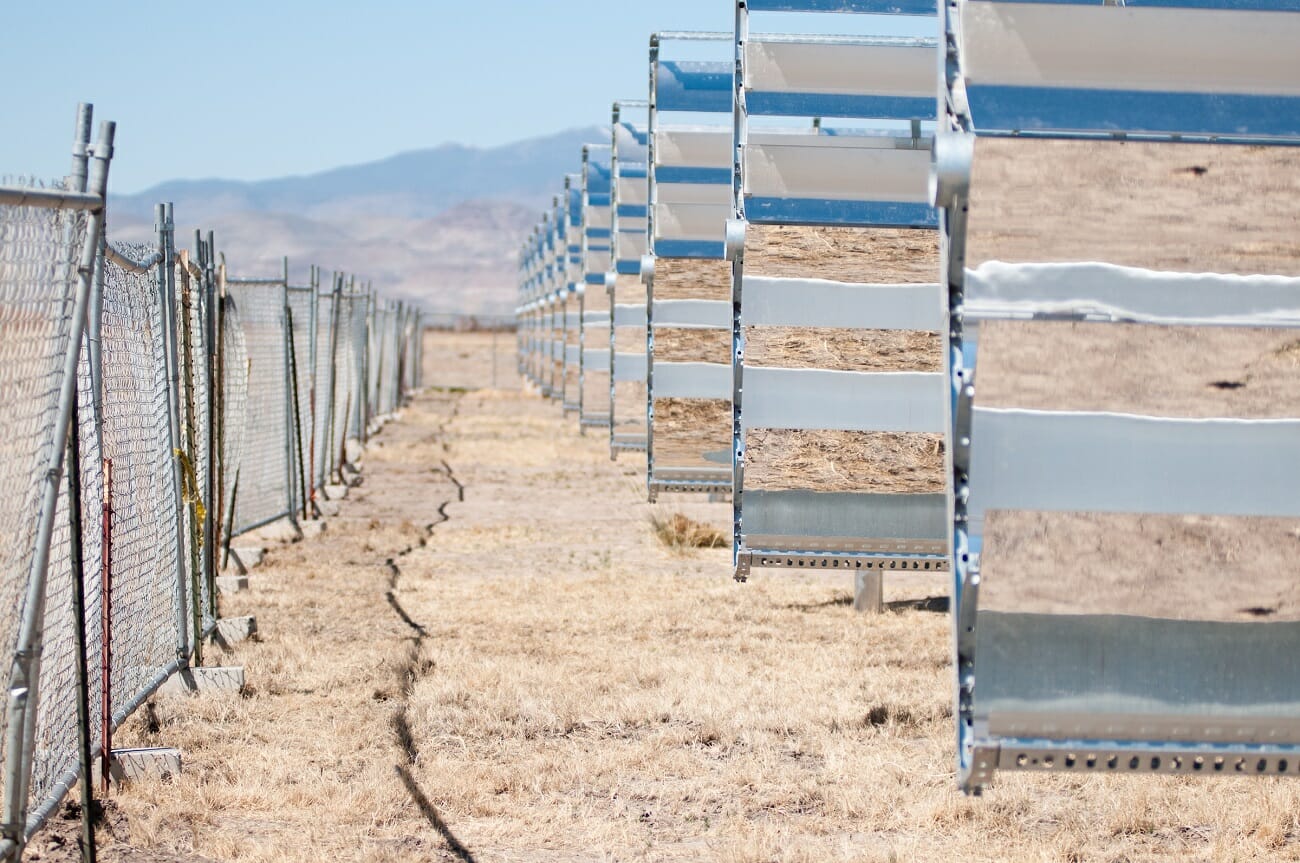The Indy Explains: Question 6, raising renewable standards to 50 percent

Question 6: 50 percent Renewable Portfolio Standard
Formal name: The Renewable Energy Standards Initiative
Type of measure: Initiative petition to amend the Nevada Constitution
Group sponsoring: Nevadans for a Clean Energy Future
How did it qualify for the ballot: The PAC supporting the ballot measure was able to turn in more than 230,000 signatures to state election officials in June, far above the required 112,544 signatures needed to make it onto the ballot.
Summary of what it does: If approved, the measure would raise Nevada’s Renewable Portfolio Standard, or RPS, to 50 percent by 2030. The state’s current RPS is set at 20 percent and will increase to 25 percent by 2025
An RPS requires electric utilities ensure a specified percentage of electricity they sell comes from renewable energy, which is usually tracked through a credit system. That allows for certain types of energy, such as electricity produced through rooftop solar systems, to have a “credit multiplier” effect and count more towards meeting the required minimum production standard.
Credits can also be produced through energy efficiency programs and for electricity used by power plants that never makes it onto the grid — meaning there is typically a disparity between the reported RPS threshold and actual amount of renewables in a utility’s fuel mix.
NV Energy, the state’s primary electric utility, said in April that it had a 24 percent clean energy portfolio for 2017, ahead of the 20 percent RPS minimum.
If approved, the RPS would not immediately increase to 50 percent overnight — instead rising to 26 percent through 2022 and 2023 and rising by 8 percent every subsequent two-year period until 2030.
What have other states done?: At least 29 states, including Nevada, have an RPS in place, and eight additional states have set nonbinding renewable energy “goals,” according to the National Conference of State Legislatures.
Hawaii has the highest RPS in the nation, with a goal of 100 percent compliance by 2045. Other states with ambitious RPS goals include Vermont, with a 75 percent target by 2032, and California, New Jersey, New York and Oregon, each of which have a 50 percent RPS target by 2030.
Nine states have a higher RPS target than Nevada’s 25 percent by 2025 goal.
Arguments for Question 6: Supporters of the measure in formal arguments wrote that a higher RPS would mean more renewable energy generation and lower the amount of natural gas imported to the state. It also cited a study from the National Resource Defense Council showing that a higher RPS would result in significant cuts in pollution and a higher air quality, as well as construction of new power plants in Nevada.
The study cited by supporters claimed that approval would mean installing 3.85 gigawatts of new solar development over the next decade, while reducing carbon dioxide emissions by up to 13 percent.
“Question 6 is the only measure on the ballot that will guarantee electric utilities keep their promise to move us to renewable energy, while maintaining flexibility so future legislatures can raise standards as technology improves,” they wrote in formal arguments published by the Nevada Secretary of State.
Arguments against Question 6: Opponents cited a wide variety of reasons to oppose the measure, including the fact that the sole funder to date is a group founded and closely associated with liberal California billionaire Tom Steyer. Opponents also said in formal arguments that amending the state’s Constitution would “recklessly pave a path putting ratepayers at risk” by removing the ability of the state Legislature to set renewable energy goals.
“Prudence and patience are exercised to encourage innovation while protecting ratepayers,” they wrote. “To do otherwise is to asphyxiate innovation and jeopardize the affordable supply of reliable energy Nevadans are currently allowed to purchase.”
They also cited a veto issued by Gov. Brian Sandoval of a bill in the 2017 Legislature that would have raised the RPS to 40 percent by 2030. Sandoval called the measure “commendable” but that it would be “premature” given uncertainty over the possible implementation of the Energy Choice Initiative if it is approved by voters in 2018.
Primary funders: The only group to contribute funds to the PAC supporting the ballot measure is NextGen Climate Action, which has transferred more than $2 million to the organization since the last required campaign finance reporting deadline in June.
A California-based nonprofit best known for opposing that state’s increased gas tax has set up a website and social media accounts opposing the measure, but hasn’t reported spending any money against the initiative.
Financial impact: Analysts with the state’s nonpartisan Legislative Counsel Bureau said they couldn’t determine the fiscal impact of the proposed constitutional amendment “with any reasonable degree of certainty” given uncertainty over how the Legislature or state agencies would implement the initiative if approved by voters.
Similarly, the agency said it couldn’t predict how electricity prices would be affected if the measure passes.
Status: Will be placed on the 2020 ballot if approved by voters and added to the Constitution if approved in that election.
